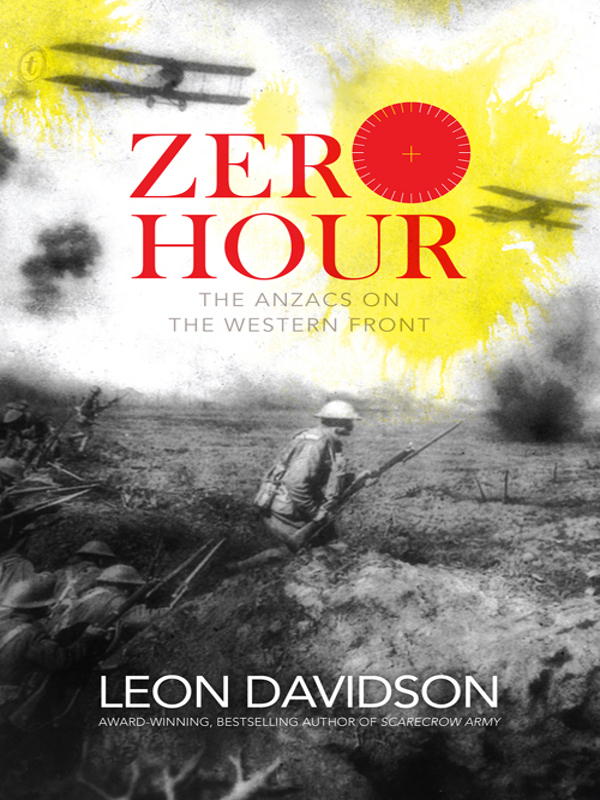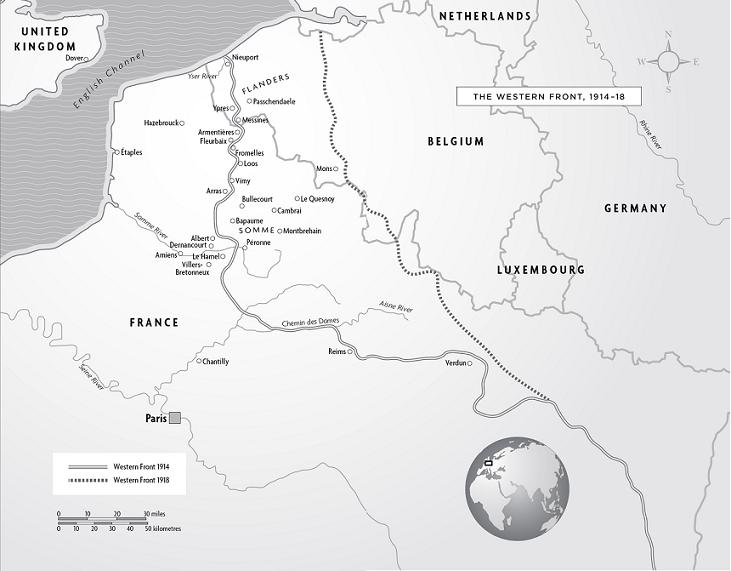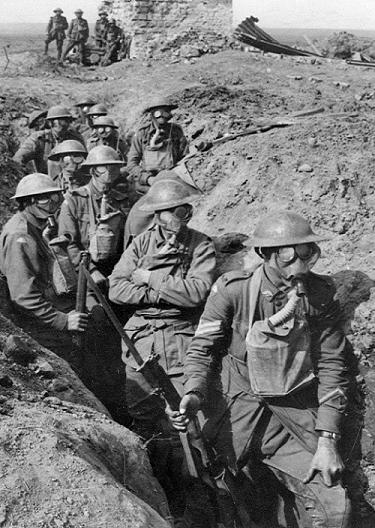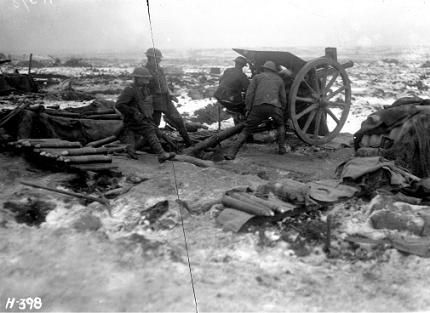Zero Hour


AWARDS FOR LEON DAVIDSON
Scarecrow Army
WINNER
2006 CBCA Awards, Eve Pownall Award for
Information Books
2006 New Zealand Post Book Awards, Non-Fiction
FINALIST
Elsie Locke Award
2006 Library & Information Association New Zealand
Aotearoa Children's Book Awards
Red Haze
WINNER
Elsie Locke Award
2007 Library & Information Association New Zealand
Aotearoa Children's Book Awards
HONOUR BOOK
2007 CBCA Awards, Eve Pownall Award for
Information Books
FINALIST
2007 New Zealand Post Book Awards, Non-Fiction
LEON DAVIDSON grew up in Christchurch on a diet of Second World War comics and movies. He lived overseas for 10 years, mainly in Melbourne, and now works as a primary school teacher in Wellington.
ZERO
HOUR
THE ANZACS ON
THE WESTERN FRONT
LEON DAVIDSON

The paper used in this book is manufactured only from wood grown in sustainable regrowth forests.
The Text Publishing Company
Swann House
22 William Street
Melbourne Victoria 3000
Australia
textpublishing.com.au
Copyright © Leon Davidson 2010
The moral right of the author has been asserted.
All rights reserved. Without limiting the rights under copyright above, no part of this publication shall be reproduced, stored in or introduced into a retrieval system, or transmitted in any form or by any means (electronic, mechanical, photocopying, recording or otherwise), without the prior permission of both the copyright owner and the publisher of this book.
First published by The Text Publishing Company 2010
Cover design by W. H. Chong
Text design by Susan Miller
Typeset in Garamond by J&M Typesetting
Printed and bound by Griffin Press
Cover image: AWM E05988A: âOver the top'. A composite photograph,
originally known as âA hop over', constructed by Captain Frank Hurley, an Official War Photographer.
Other images: AWM E00825 Soldiers of the 45th Battalion wearing gasmasks in a trench in the Ypres sector.: AWM E00700 A scene on the Menin road beyond Ypres.: AWM E00103 Two members of the 8th Battalion manning a trench in the Somme region. At the time German troops were located 275 metres away.
All Alexander Turnbull Library images are from the Royal New Zealand Returned and Services' Association Collection.
Every effort has been made to trace and acknowledge copyright material. The author and publisher would be pleased to hear from any copyright holder who has not been acknowledged.
National Library of Australia
Cataloguing-in-Publication data:
Davidson, Leon, 1973â
Zero hour: the Anzacs on the Western Front/Leon Davidson.
ISBN: 9781921656071 (pbk.)
For secondary school age.
Australia. Army. Australian and New Zealand Army CorpsâHistory. World War, 1914â1918âAustralia. World War, 1914â1918âCampaignsâWestern Front.
940.40994
TO MY GRANDFATHER
JACK DAVIDSON
AND MY GREAT-GRANDFATHER
JOHN ERRINGTON
CONTENTS
CHAPTER 1 The Lamps Are Going Out
CHAPTER 2 Rather Like Heaven, 1916
CHAPTER 3 The Somme, Pozières, 1916
CHAPTER 4 The Somme, Flers, 1916
CHAPTER 5 Rabbits in Holes, 1916
CHAPTER 9 Third Battle of Ypres, 1917
CHAPTER 10 The Spring Offensive, 1918
CHAPTER 12 The War to End All Wars


DARK, COLD MORNINGS. Anzac Day. Old men marched or wheeled slowly past, with rows of medals pinned to their suits. When I was a child, they were from another world, like the stone memorial bridge in my hometown.
At home, I had a thick book about the First World War. There were pictures of villages with brick buildings and a church. Below each was a photo of the same village, crumbled and smashed. I remember a painting of a driver holding the head of a dying horse to keep it out of the mud, and cartoons of men in long coats, bent over a brazier, with rain pelting down. There were names tooâMessines, Passchen-daele, Ypres and the Somme.
As I got older, I noticed portraits of men in uniform hanging on the walls of other people's houses. I heard stories of uncles gassed and grandfathers shot. I learned that my own great-grandfather had fought in the Great War, but even though I'd been to Anzac Day parades, I knew nothing of what he'd lived through. So I started reading about the New Zealand Rifle Regiment he served in, and his journey through that unknown world.
The sheer size and tragedy of the Western Front campaign are difficult to comprehend. In four years, over 3 million soldiers were killed and 11 million wounded. In the small, mediaeval village of Ypres, Belgium, 56,000 names, including those of over 6000 Australians, are carved into its walls. Every night, buglers pay their respects to the fallen by playing the Last Post. Another memorial at the Somme records over 10,000 Australians, while seven memorials around Belgium and France name more than 4000 New Zealanders, who, by the end of the war, were missing, men with no known graves, men who were blown to pieces or swallowed by mud. These are just some of the war's missing.
Zero Hour
is about the New Zealanders and Australians on the Western Front, but, even so, it's not the whole story. The hardest thing about writing this book was deciding what to leave out. I wanted to tell the story of the war and give a sense of what it was like for the soldiersâthose men who enlisted to fight until they were killed or wounded, or until the war ended.
In New Zealand and Australia, we tend to focus on the 1915 eight-month Gallipoli campaignâour âbaptism of fire'âat the expense of our much longer and bloodier involvement on the Western Front. We shouldn't. For 32 months on the Western Front the Australians and New Zealanders endured the heaviest bombardments in history. They were gassed, drowned in mud, fought beside tanks and stormed village strongholds. It was here that the fighting forces of Australia and New Zealand came of age, here that they gained the reputation of âshock troops', here that they grew to believe they were as good as the British troops if not better than them. It was here too that men raised on stories of Mother England and the Empire, realised that their own countries were better places to live.
âI personally feel', said Private Sidney Stanfield, at the age of 87, âthat by lionising Gallipoliâ¦they do overlook the severity of the fighting and the extent of the suffering on the Western Frontâ¦Seven months on Gallipoli versus three years on the Western Front. There's quite a difference, isn't there?'
Zero hour was the name given to the moment of each attack. As their officers' watches ticked towards it, each soldier faced his fate on the other side of the sandbags. Some met their death, others went on to brave another zero hour, and another.
For me, zero hour also says something about the extraordinary time these men lived and died in. The old world of steam engines and horse-drawn wagons was being replaced by new technology which enabled war on a scale that had never been imagined before; war fought with tanks and aeroplanes, rapid-firing guns and chemical weapons. As these men fought to defend their known world, the world itself was changing around them.
THE AUSTRALIAN AND NEW ZEALAND DIVISIONS OF I ANZAC CORPS AND II ANZAC CORPS:
1st Australian Division (1st Division)
2nd Australian Division (2nd Division)
3rd Australian Division (3rd Division)
4th Australian Division (4th Division)
5th Australian Division (5th Division)
New Zealand Division

Artillery in action in Belgium.
Alexander Turnbull Library G- 13029-1/2
BRITISH AND COMMONWEALTH ARMIES
SECTION: 8â10 men, commanded by a sergeant or corporal.
PLATOON: four sections, 30â60 men, commanded by a lieutenant.
COMPANY: four platoons, around 200 men, commanded by a captain or major.
BATTALION: four companies, around 1000 menâincluding cooks, wagon drivers, medical personnel, stretcher-bearers, and a trench mortar batteryâcommanded by a lieutenant colonel.
INFANTRY BRIGADE: four battalions, between 2500 and 5000 troops, commanded by a brigadier general.
DIVISION: three infantry brigades, three artillery brigades, four engineer companies, mortar batteries, a machine-gun battalion and pioneer battalionâ10,000 to 20,000 troops, commanded by a major general.
CORPS: two or more divisions, commanded by a lieutenant general.
ARMY: two or more corps, commanded by a general.